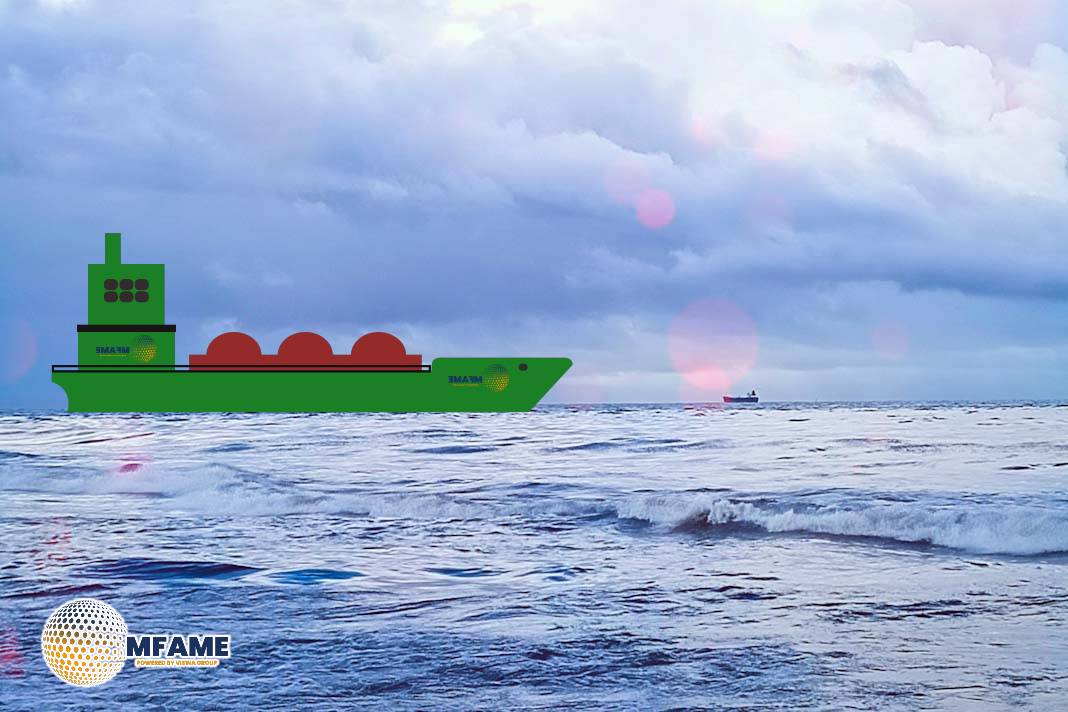- Emissions Surplus Credits Set to Reshape Bunker Fuel Economics.
- Dual Penalty and Credit System Targets Maritime Emissions.
- B100 Biofuel Becomes Viable Under High Credit Scenario.
The International Maritime Organisation (IMO) put forth a novel double-incentive system meant to cut down greenhouse gas (GHG) emissions from the shipping business beginning in 2028. The core idea behind the plan is a market-based mechanism by which shipowners that surpass targets will earn extra credits, but owners that do less than the targeted amounts will receive penalties that are increased over time, reports Argus Media.
Dual-Tier Penalty System Introduced
The IMO proposal features a two-tier penalty system to ensure compliance. In the case where a ship’s emissions are between the direct GHG emissions benchmark and the base level, the operator will pay a $100 per tonne CO₂-equivalent penalty. Emissions at or above the base tier will face a stiffer penalty of $380/t CO₂e. These levels and penalties will become increasingly more stringent annually through 2035.
Surplus Credits Could Reshape Biofuel Economics
The excess credits, which are accumulated by operators whose emissions are lower than compliance levels, will be marketable on the open market. The credit is not likely to surpass the $380/t CO₂e penalty for non-compliance. Their price, however, will be a determinant of the economic feasibility of various biofuel varieties, i.e., B30 and B100, vis-à-vis conventional fuels.
Surplus Credit Impact on Bunker Fuel Choices
Two hypothetical surplus credit price scenarios of $70/t and $250/t CO₂e show how credit valuation might affect fuel choices. According to April price estimates, Singapore’s very low-sulphur fuel oil (VLSFO) was at $481/t, B30 at $740/t, and B100 (Chinese Ucome) at $1,143/t.
By 2028, VLSFO’s effective price increases to approximately $563/t when penalties are charged. B30 would be favorably affected by excess credits, reducing its effective price to $653/t in the low credit price situation and $715/t in the high credit price environment. B100 would have its price reduced to $980/t in the low credit environment but only $563/t in the high credit environment—so it would be cost-competitive with VLSFO.
Long-Term Outlook: Credit Value Will Determine Biofuel Trajectory
Looking further into the future, if excess credits sell at $250/t CO₂e, B100 may continue to be the cheapest bunker fuel up to 2035. Conversely, if credits remain near $70/t CO₂e, B30 would only be economically viable compared to VLSFO after 2032. The cost of excess credits will thus be a determining factor in how rapidly and extensively biofuels are implemented in international marine shipping.
Did you subscribe to our daily Newsletter?
It’s Free Click here to Subscribe!
Source: Argus Media
















